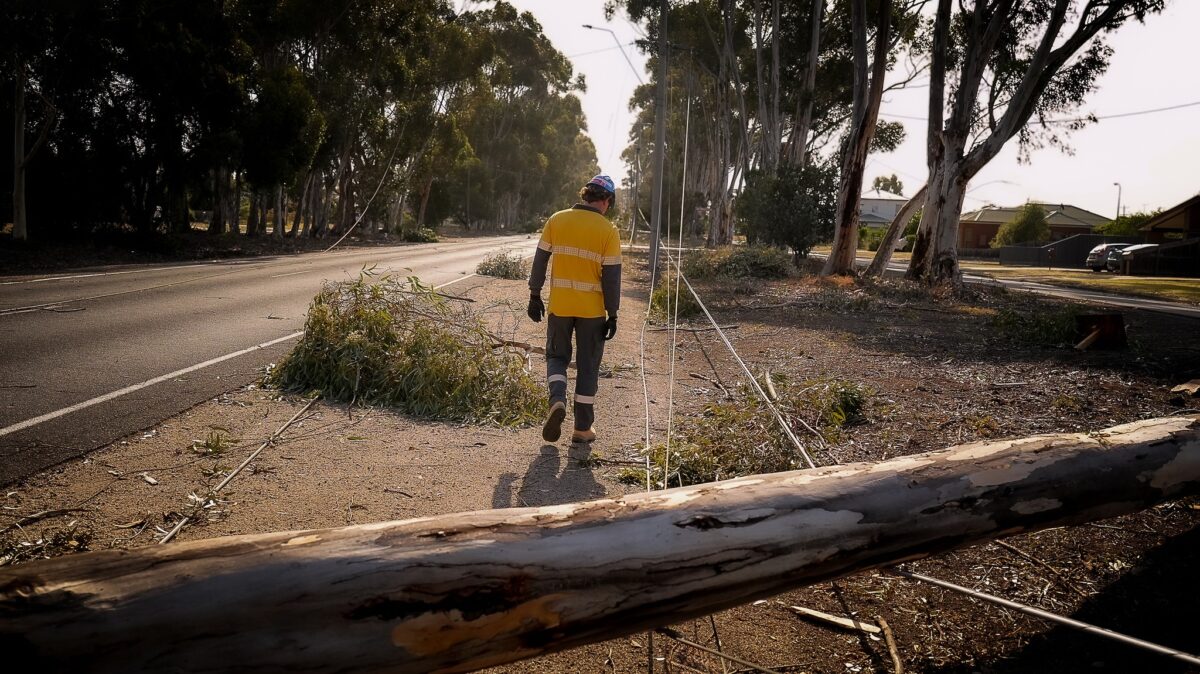The central highland Victorian towns of Ballan, Trentham and Lancefield were identified during a Ballarat community think tank as potential locations for standalone power networks backed by a large-scale battery, to help keep the lights on and ‘island’ communities in the event of a major power outage.
Fresh in the minds of participants was the catastrophic storm event which on 13 February 2024 damaged 12,000 kilometres of powerlines and poles across the state’s electricity distribution network, causing power outages that impacted more than 500,000 homes and business.
Powercor said the proposed microgrid’s are one measure being developed following three years of community consultation to inform the network service provider’s next five-year business plan, to be published in draft form in August 2024 and submitted to the Australian Energy Regulator for approval in January 2025.
Other measures being considered alongside the microgrids include standalone power systems (SAPS), the development of greater connections between various parts of the network and expanding Powercor’s fleet of mobile large-scale generators to temporarily power communities.
Powercor General Manager of Regulation Renate Vogt said the recent community event in Ballarat reaffirmed that as customers experience more intense weather events, the company needs to prioritise investments that build and maintain stronger networks and communities.
“Just as more extreme weather is increasing the risk of prolonged outages; our customers are becoming more dependent on electricity than ever before,” she said.
“We are listening to our customers to help us find solutions to build more resilient networks in the face of climate change, while keeping costs as low as possible.”

Image: Powercor
During another forum held in June 2023, Powercor customers said enabling capacity for load and exports was their top priority and they expected Powercor to have a long-term plan recognising it would take several regulatory periods to deliver across the state.
“It baffles me, I can’t have the option of three-phase power, but I am providing food for the nation,” one Powercor customer said in the forum.
Powercor’s regional and rural customers comprise 62% of its 920,000 customers, with 24% being supplied by long rural lines and 20,000 by single wire earth return lines (SWER).
Powercor said on average, 83% of its urban solar customers are able to export up to 5 kW at all times, whereas 5% can partially export and 12% are constrained to zero exports. Only 50% of solar customers on SWER lines can export up to 5 kW at all times, and 37% are constrained to zero.
While regional and rural customers host large-scale generation infrastructure, they do not have access to the energy capacity or benefits that the infrastructure produces acknowledged by participants who said the benefits of clean energy transition would be difficult for regional communities without improving network reliability, capacity, and power quality.
This content is protected by copyright and may not be reused. If you want to cooperate with us and would like to reuse some of our content, please contact: editors@pv-magazine.com.








By submitting this form you agree to pv magazine using your data for the purposes of publishing your comment.
Your personal data will only be disclosed or otherwise transmitted to third parties for the purposes of spam filtering or if this is necessary for technical maintenance of the website. Any other transfer to third parties will not take place unless this is justified on the basis of applicable data protection regulations or if pv magazine is legally obliged to do so.
You may revoke this consent at any time with effect for the future, in which case your personal data will be deleted immediately. Otherwise, your data will be deleted if pv magazine has processed your request or the purpose of data storage is fulfilled.
Further information on data privacy can be found in our Data Protection Policy.